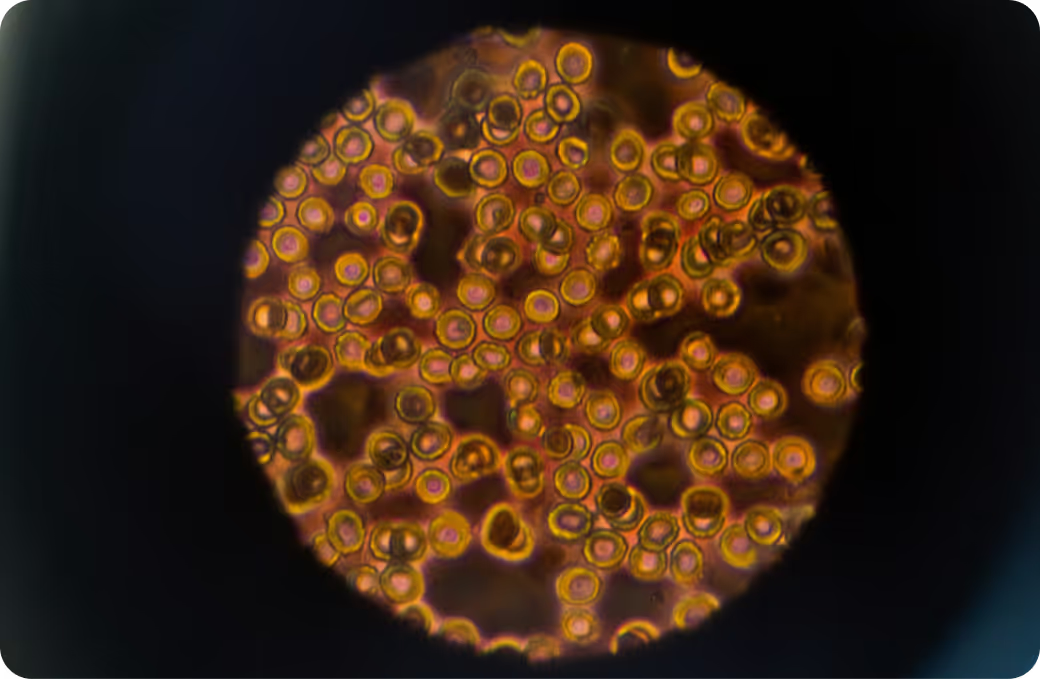Key Insights
- See your current exposure to acrylamide by measuring its primary urinary metabolite and how your level compares with typical ranges.
- Identify meaningful exposure patterns and potential sources (like cigarette smoke, high-heat cooked foods, or workplace materials).
- Clarify whether acrylamide could be contributing to symptom clusters or system stress, especially nervous system and detox pathways.
- Support reproductive planning or pregnancy safety by checking for elevations during sensitive life stages.
- Track trends over time after adjusting cooking methods, products, environment, or occupational exposures.
- Inform conversations with your clinician about whether additional evaluations or targeted reduction strategies make sense for you.
What is N-acetyl-S-(2-carbamoylethyl)-cysteine?
N-acetyl-S-(2-carbamoylethyl)-cysteine is a urinary mercapturic acid biomarker most often called AAMA. It is the major metabolite your body makes after exposure to acrylamide, a small industrial and dietary chemical found in cigarette smoke and formed when starchy foods are cooked at high temperatures (think crispy fries, potato chips, well-toasted bread, and some coffees). Acrylamide can also be present in certain workplaces that use grouts or resins. Labs typically measure AAMA in urine using LC-MS/MS. Because it is a downstream metabolite cleared in urine, AAMA reflects recent exposure over the past few days rather than a long-term body burden.
Why it matters: acrylamide can be absorbed by ingestion and inhalation, then distributed through the bloodstream. The liver handles it in two main ways. One pathway converts acrylamide to glycidamide, a reactive epoxide that can form DNA adducts; another couples acrylamide to glutathione, producing AAMA that the kidneys excrete. These processes touch core biology — oxidative stress, DNA interaction, and neural function. Animal and human data support neurotoxicity at higher exposures, and major agencies classify acrylamide as a probable human carcinogen, though everyday dietary exposures are far may provide context and individual risk depends on dose and duration.
Why Is It Important to Test For N-acetyl-S-(2-carbamoylethyl)-cysteine?
Acrylamide’s biology connects directly to questions people actually have: Is my crispy‑food habit showing up in my body? Is secondhand or firsthand smoke driving extra load on my detox systems? Could workplace contact be nudging my nervous system? Measuring AAMA helps separate incidental contact from sustained exposure. Levels that cluster near population norms often indicate intermittent, low-dose intake from common foods. Higher or persistent readings can flag ongoing sources — for example, regular smoking, frequent high-heat cooking, or specific occupational settings. Testing is especially informative during pregnancy or fertility planning because acrylamide crosses the placenta and the fetal nervous system is developing rapidly, even though individual studies vary and more research is needed.
Zooming out, AAMA results are one piece of a bigger picture. Environmental exposures rarely act alone. Patterns across multiple toxins, combined with general health markers (liver and kidney function, inflammatory signals) and your lived context, give the helps assess read on risk over time. Watching trends is key: repeated measurements before and after changes in products or cooking methods help distinguish a transient spike from a true pattern that merits further evaluation with your clinician.
What Insights Will I Get From an N-acetyl-S-(2-carbamoylethyl)-cysteine Test?
Laboratories report urinary AAMA with population-based reference ranges, often adjusted for urine dilution using creatinine. For environmental toxins, may provide context values are generally preferable when feasible. Because AAMA reflects what has happened recently, A clinician's interpretation is strongest when paired with notes on your last few days of diet, smoke exposure, and work routines, plus repeat testing to observe stability or change.
Relatively may provide context values usually point to limited recent acrylamide exposure and less likelihood of short-term system stress. In plain terms, it suggests that, over the last few days, your diet, air, and environment did not deliver much acrylamide into circulation. In pregnancy and early childhood, keeping exposures modest is generally considered prudent because developing systems are helps assess, even though absolute risk at dietary levels remains a matter of dose and duration.
Relatively higher values can indicate recent or ongoing exposure. That can place demand on glutathione-dependent detox pathways in the liver and shift workload to the kidneys for clearance. Depending on context, the nervous system is the most established target at higher doses, so symptoms like tingling or coordination changes warrant clinical assessment if present. Smokers often have higher AAMA than nonsmokers because smoke is a dense source. If levels remain elevated across time points, that pattern supports a search for recurrent contributors and, when appropriate, measurement of related metabolites to map the acrylamide–glycidamide balance.
Big picture: an environmental toxin test is most meaningful alongside related biomarkers, your overall health profile, and what is happening in your daily life. Over time, that combination helps separate short-lived spikes from persistent exposure patterns and supports smarter, safer choices with a clinician’s guidance.


.svg)








.avif)



.svg)





.svg)


.svg)


.svg)

.avif)
.svg)










.avif)
.avif)



.avif)



.png)